 Polyglot Pal
VS
Polyglot Pal
VS
 Tala
Tala
Polyglot Pal
Polyglot Pal revolutionizes language learning through immersive conversations with AI tutors who provide instant, personalized feedback on grammar, spelling, semantics, and syntax. The platform offers various real-world scenarios and free-form conversations, allowing learners to practice in contexts relevant to their needs, from shopping to healthcare situations.
The platform focuses on building practical language skills through engaging, real-world conversations rather than traditional predefined exercises. With multiple AI tutors representing different English and Spanish-speaking regions, users can experience diverse accents and cultural contexts while receiving consistent, constructive feedback to improve their language proficiency.
Tala
Tala is an AI-powered language tutor designed for hands-on learners. It prioritizes natural conversation over rote memorization, allowing users to learn through practical application and interaction. The platform provides a supportive learning environment where making mistakes is encouraged as part of the growth process.
Tala offers features such as instant feedback on conversations, quick translation tools, and voice recognition to help users improve their pronunciation. The system is flexible, allowing learners to progress at their own pace, with adjustable listening speeds and easy access to vocabulary and phrase look-ups.
Pricing
Polyglot Pal Pricing
Polyglot Pal offers Freemium pricing with plans starting from $43 per month .
Tala Pricing
Tala offers Paid pricing with plans starting from $5 per month .
Features
Polyglot Pal
- Real-time Feedback: Instant corrections and suggestions for language improvement
- AI Tutors: Multiple region-specific tutors for diverse learning experiences
- Customizable Scenarios: Practice in various real-world situations
- Free Conversation: Unrestricted dialogue about any topic of interest
- Progress Tracking: Monitor learning streaks and improvement over time
Tala
- Instant Feedback: Provides corrections and suggestions without interrupting the flow of conversation.
- Quick Translation: Offers immediate translation support for words and phrases.
- Voice Recognition: Enables users to practice and improve their pronunciation.
- Easy Phrase Look-up: Allows users to quickly find and understand new words and phrases.
- Adjustable Listening Speeds: Supports different learning paces.
Use Cases
Polyglot Pal Use Cases
- Preparing for international travel
- Practicing for business meetings
- Improving conversational skills
- Learning regional language variations
- Practicing specific situational dialogue
- Building language confidence
Tala Use Cases
- Practicing conversational skills in a new language.
- Improving pronunciation with real-time feedback.
- Learning new vocabulary and phrases in context.
- Building confidence in speaking a foreign language.
- Supplementing traditional language learning methods.
Uptime Monitor
Uptime Monitor
Average Uptime
99.72%
Average Response Time
1551.3 ms
Last 30 Days
Uptime Monitor
Average Uptime
99.72%
Average Response Time
325.97 ms
Last 30 Days
Polyglot Pal
Tala
More Comparisons:
-
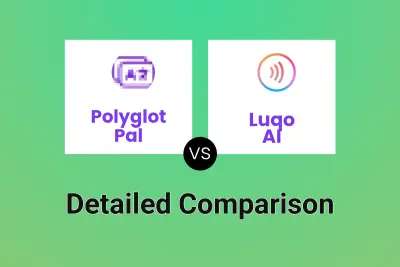
Polyglot Pal vs Luqo AI Detailed comparison features, price
ComparisonView details → -
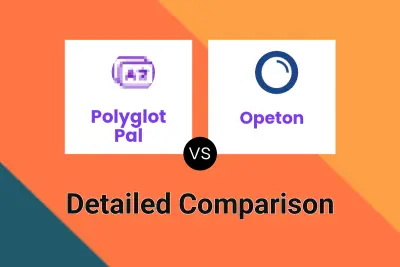
Polyglot Pal vs Opeton Detailed comparison features, price
ComparisonView details → -
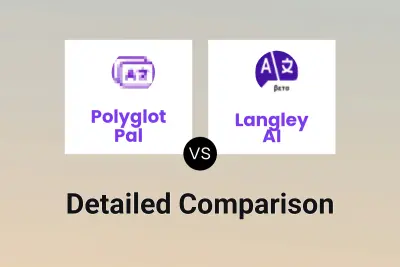
Polyglot Pal vs Langley AI Detailed comparison features, price
ComparisonView details → -
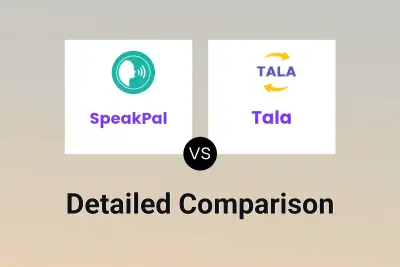
SpeakPal vs Tala Detailed comparison features, price
ComparisonView details → -
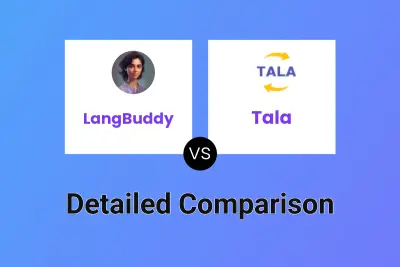
LangBuddy vs Tala Detailed comparison features, price
ComparisonView details → -
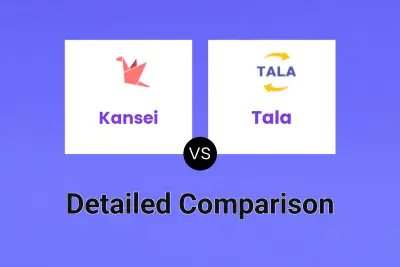
Kansei vs Tala Detailed comparison features, price
ComparisonView details → -
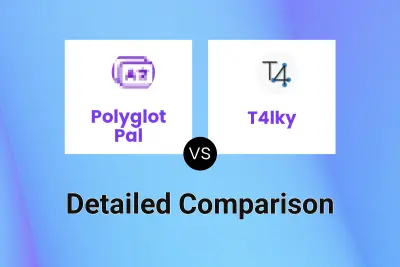
Polyglot Pal vs T4lky Detailed comparison features, price
ComparisonView details → -
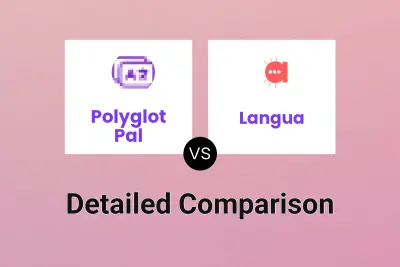
Polyglot Pal vs Langua Detailed comparison features, price
ComparisonView details →
Didn't find tool you were looking for?